Construction of the Airbus Racer high-speed compound aircraft is accelerating at the manufacturer’s facility in Marignane, France, as the program teams targets a first flight by the end of the year.
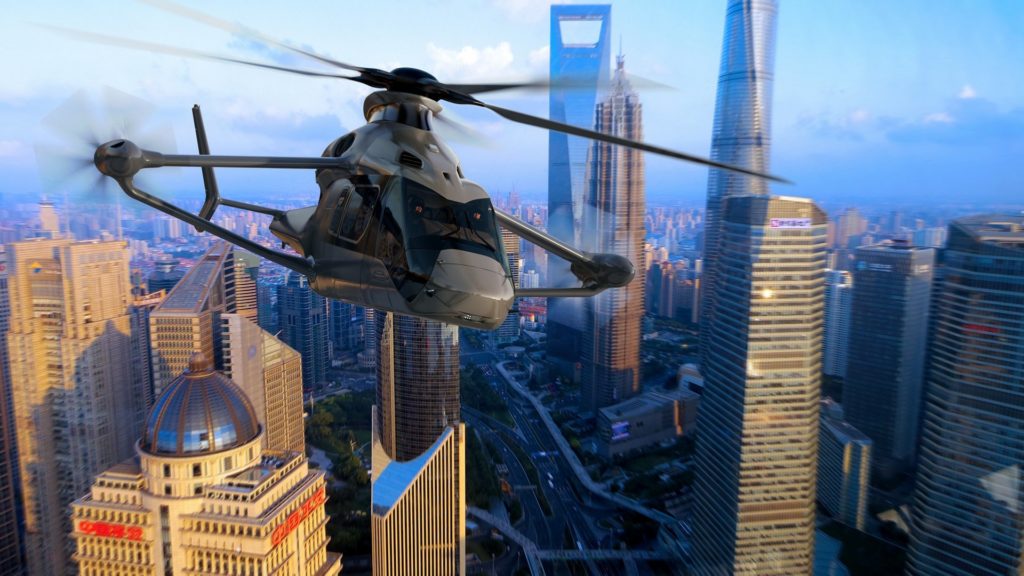
The demonstrator aims to build on the legacy of the Airbus X3, which logged a top speed of 255 knots on June 7, 2013. Airbus hopes to use the Racer to demonstrate the utility of such high-speed vertical takeoff and landing (VTOL) flight in various mission scenarios, with a target cruise speed of 215 knots. It takes the very basic design element — two propellers mounted on short wings — from its predecessor, but a slight family resemblance is all that is common between the two aircraft.
The Racer is a clean sheet design, developed under the frame of the European Clean Sky 2 project, involving 42 suppliers from 13 countries.
Almost all the major components from these suppliers have now arrived for final assembly of the aircraft in Marignane, with the main gearbox being the major outstanding item. Italian manufacturer Avio Aero is due to deliver it in June.
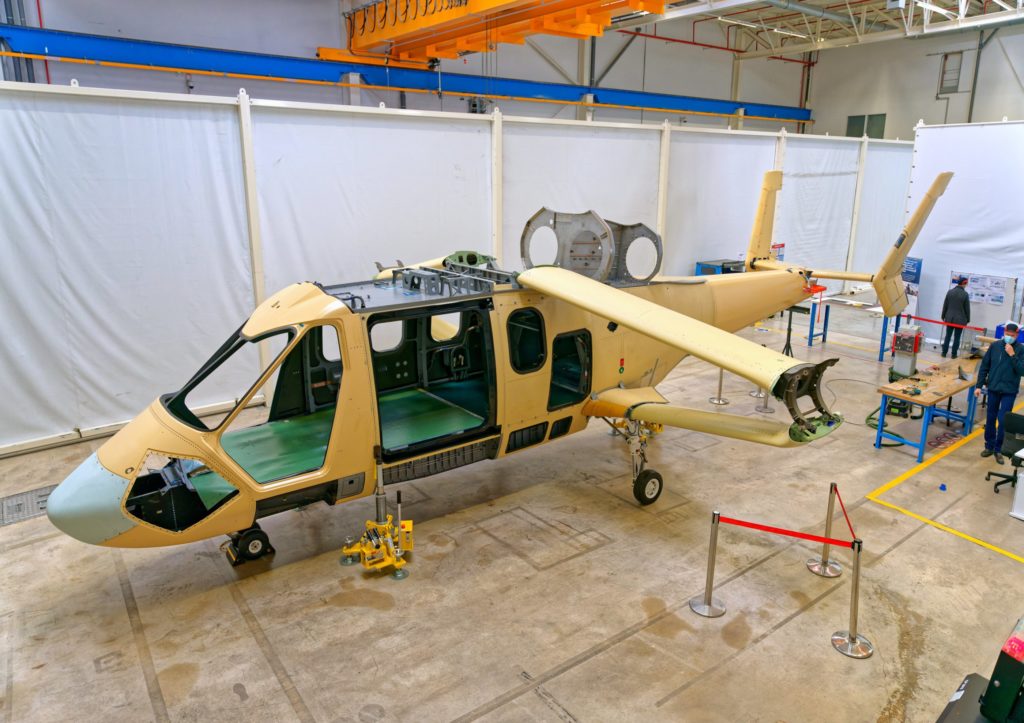
During a media visit to the Racer assembly station, Brice Makinadjian, the aircraft’s chief engineer, said the team recently finalized the installation of the fuel system and the landing gear (three sets of retractable wheels — one under each wing, and another under the cockpit).
“It’s not just that we receive and we mount [the systems]; we receive [them], we make the quality of inspection, we make the feed check, we prepare all the installation, and then we install and we validate the quality of the installation,” he said. “It’s a whole process — and for such equipment that is very critical. It is a very good step toward the first flight.”
Assembly of the aircraft’s lateral gearboxes is due to be complete in the next week or so, after which they will be put on a test bench for endurance and fatigue tests.
The propellers are also in assembly, and due to arrive by the end of April. Produced by MT-Propeller — manufacturers of the propellers used on the X3 — the wooden blades will have an optimized shape to improve the aircraft’s performance and noise level. Each propeller will have six blades.
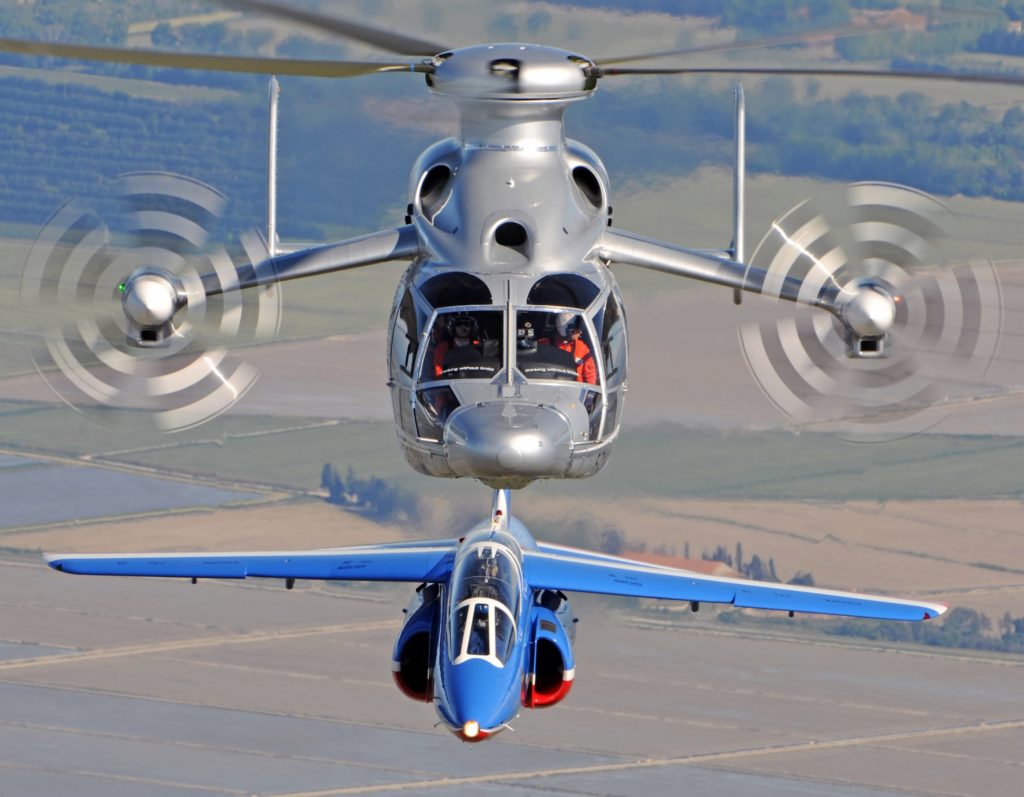
Eye-catching design
One of the most eye-catching evolutions from the X3 is the use of “box wings” over the X3’s conventional wings. These box wings are essentially two short wings on each side, offset enough at their attachment points to the cabin for there to be a gap between each pair when viewed from above. A pusher propeller is attached where each wing pair meets, with the blades set behind the wing.
According to Tomasz Krysinski, head of research and innovation at Airbus Helicopters, the use of the box wing and pusher propellers help reduce the power the aircraft needs in forward flight by 12 percent. The box wing also provides a benefit during hover, with its minimized surface area reducing the amount of downwash being blocked compared to a longer wing with a larger chord.
The lower wing “allows a very good integration of the landing gear,” said Krysinski, while the upper wing houses a bearingless supercritical driveshaft, linking the gearbox to the propellers. “This is a very specific technology with soft couplings, [and] we have already qualified them in flight,” he said.
Another striking difference between the X3 and the Racer is the size of the aircraft. The X3 used an AS365 Dauphin airframe as its base, and while Airbus hasn’t given an exact figure for the Racer’s maximum takeoff weight, it will be “in the range of seven to eight tonnes,” and has a nose-to-tail length of about 15 meters.

A key element of the Racer’s design has been the desire to reduce drag — and Krysinski said Airbus has managed to achieve a 45 percent reduction compared to similar size rotorcraft. The box wing helps with this, as does the main rotor. Taken from the H175 (one of the few “borrowed” items on the Racer), it will be slowed by 20 percent in forward flight.
The Racer’s shape also helps, with much smaller frontal drag; long and narrow, Krysinski likened it to that of a fixed-wing aircraft. A helicopter’s main rotor hub is typically a large producer of drag, so the Racer’s design sees this made as aerodynamic as possible — essentially covered by the cowlings.
The aircraft’s asymmetrical tailboom also helps to generate a lateral force, requiring less power from the propellers in hover flight.
“This optimization of the drag was done by very extensive use of advanced CAD tools,” said Krysinski. “We got very strong help from the research centers [as part of Clean Sky 2] in the reduction of the drag.”
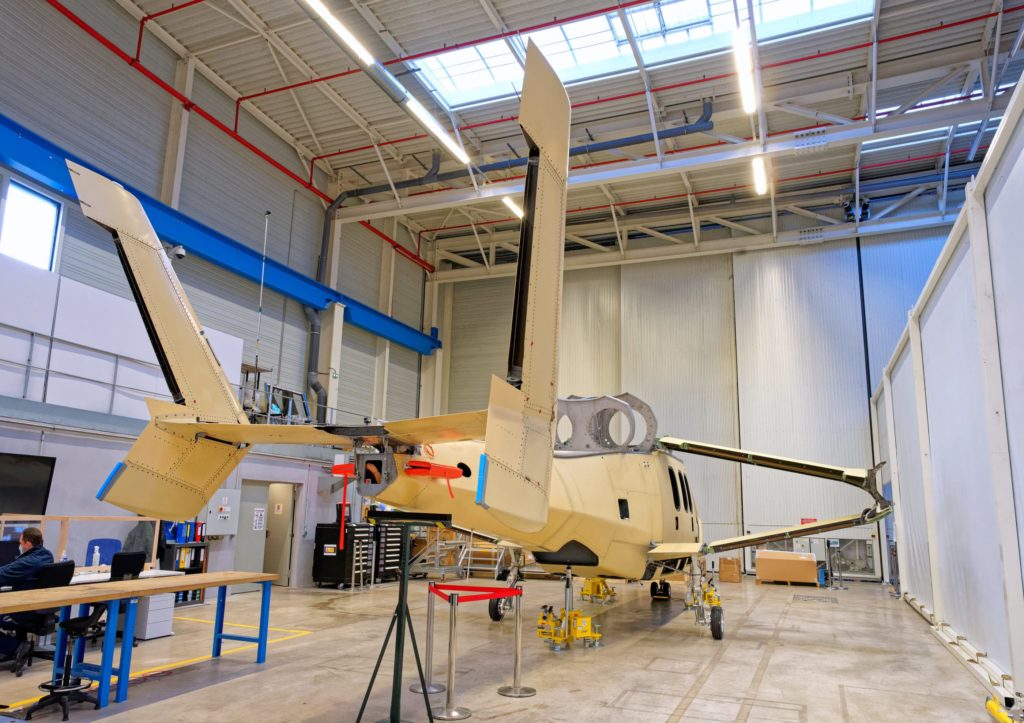
The aircraft will be powered by two Safran Aneto-1X engines, and will incorporate Airbus’s “Eco mode” technology. This will allow the aircraft to put one engine to idle in cruise flight. “On the Racer, we can fly at 180 knots on only one turbine,” said Krysinski. “This will reduce fuel burn by 40 percent.” The technology is potentially applicable to other twin-engine aircraft.
Built for missions
According to Makinadjian, the Racer’s purpose is beyond that of a technology demonstrator.
“The X3 was to demonstrate the technology: are we able to fly at this speed without any technological problems?” he said. “The answer is, ‘Yes.’ And now the question we will answer with this demonstrator is can we perform the mission? And can we demonstrate the efficiency and the speed advantage to the customer with that kind of aircraft?”
“The mission” will depend on the sector targeted: VIP, emergency medical services (EMS) and search-and-rescue (SAR) are all firmly in the Racer’s sights.

Mission simulations will therefore include showcasing the speed of intercity connections for business travellers: flying door-to-door from London to Paris in just one-and-a-half hours, for example.
The Racer will also be fitted with a hoist — installed outside the door at the front of the cabin, seemingly far enough from the box wing and propeller for those things not to be an issue. “We made some simulations with [a] mockup that hoisting is possible,” said Makinadjian. “Now we want to make it in flight.”






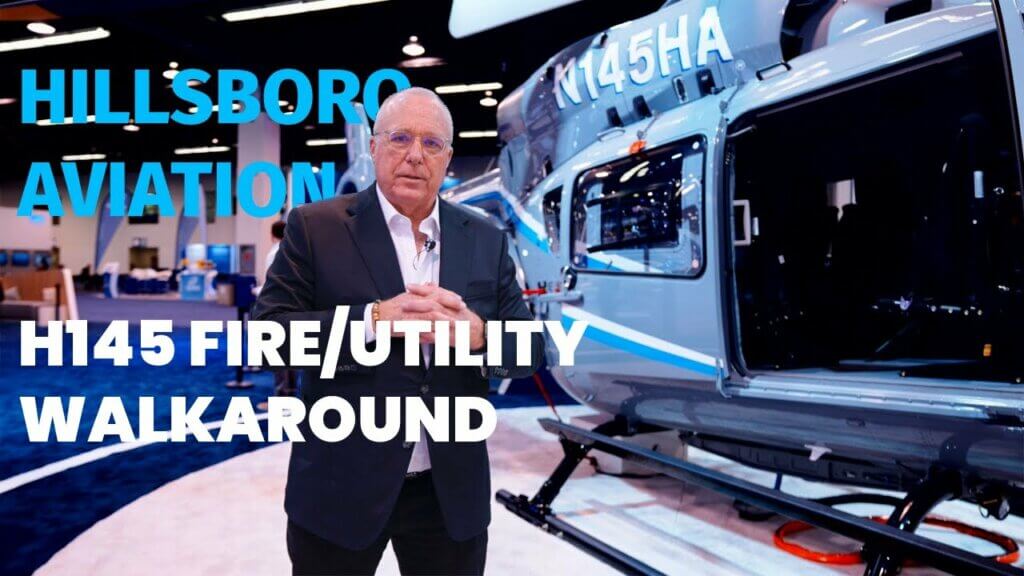



Hopefully they use a platform the size of the EC 155B.